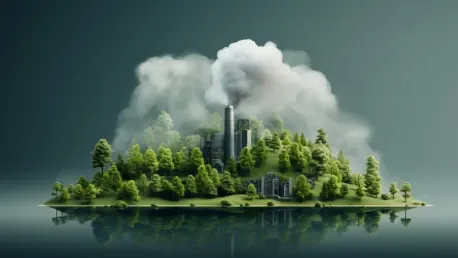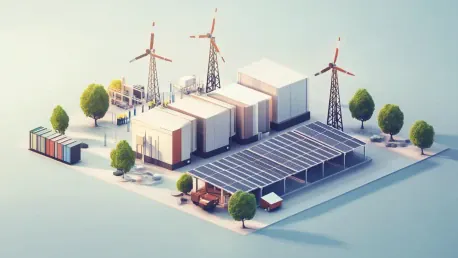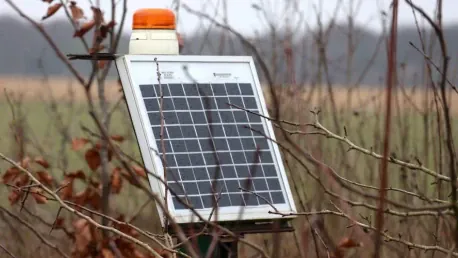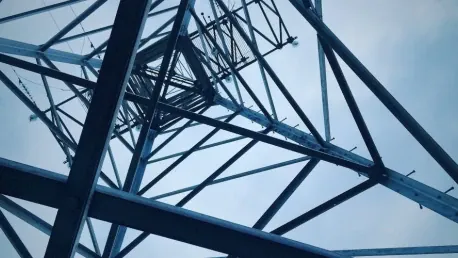
Christopher Hailstone has extensive experience with energy management, renewable energy, and electricity delivery. He is also our Utilities expert and provides valuable insights on grid reliability and security. Can you start by explaining what carbon capture and storage (CCS) is and why it's

Christopher Hailstone has extensive experience with energy management, renewable energy, and electricity delivery. He is our Utilities expert and provides valuable insights into grid reliability and security. Today, we'll discuss the findings of a Stanford University study on California's

Christopher Hailstone has extensive experience with energy management, renewable energy, and electricity delivery. He is also our Utilities expert and provides valuable insights on grid reliability and security. When did you first become interested in the field of solar fuels? Was there a specific

In a substantial move towards enhancing Poland’s energy infrastructure, Energa-Operator has successfully secured $1.8 billion in funding aimed at modernizing and digitalizing the power grid in northern and central Poland, marking the largest initiative in the company’s history. This comprehensive pr

Beijing, the capital city of China, hosts the world's largest public transportation system with an impressive fleet of 27,000 buses. More than 90% of these buses are low- or no-emission battery-powered vehicles, reflecting a major transition towards sustainable and eco-friendly public

In a significant move towards enhancing energy efficiency and reliability, Bulgaria's state-owned utility and power generator, NEK, has announced its plans to upgrade its hydropower plants with Battery Energy Storage System (BESS) technology. By integrating BESS units into five hydropower